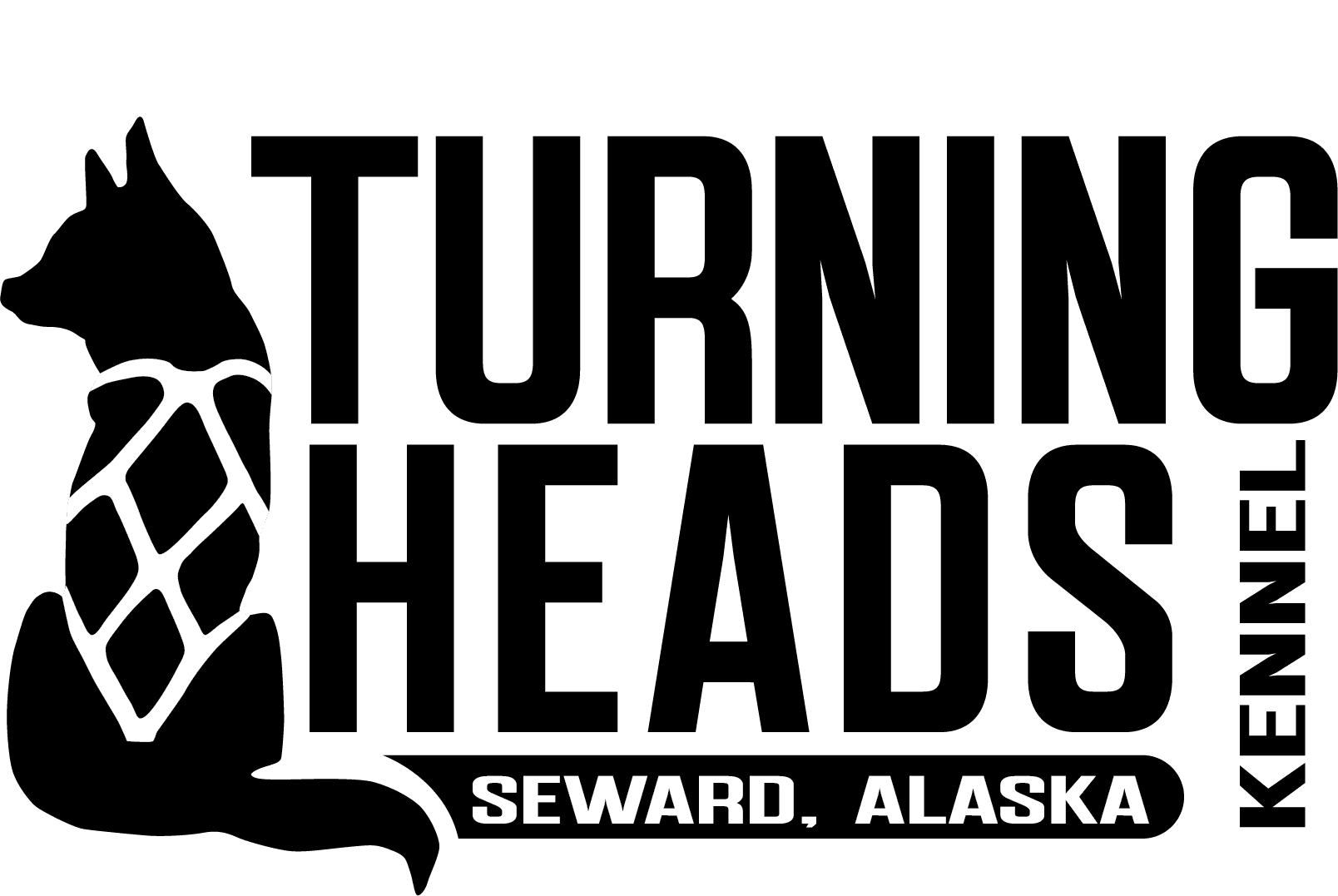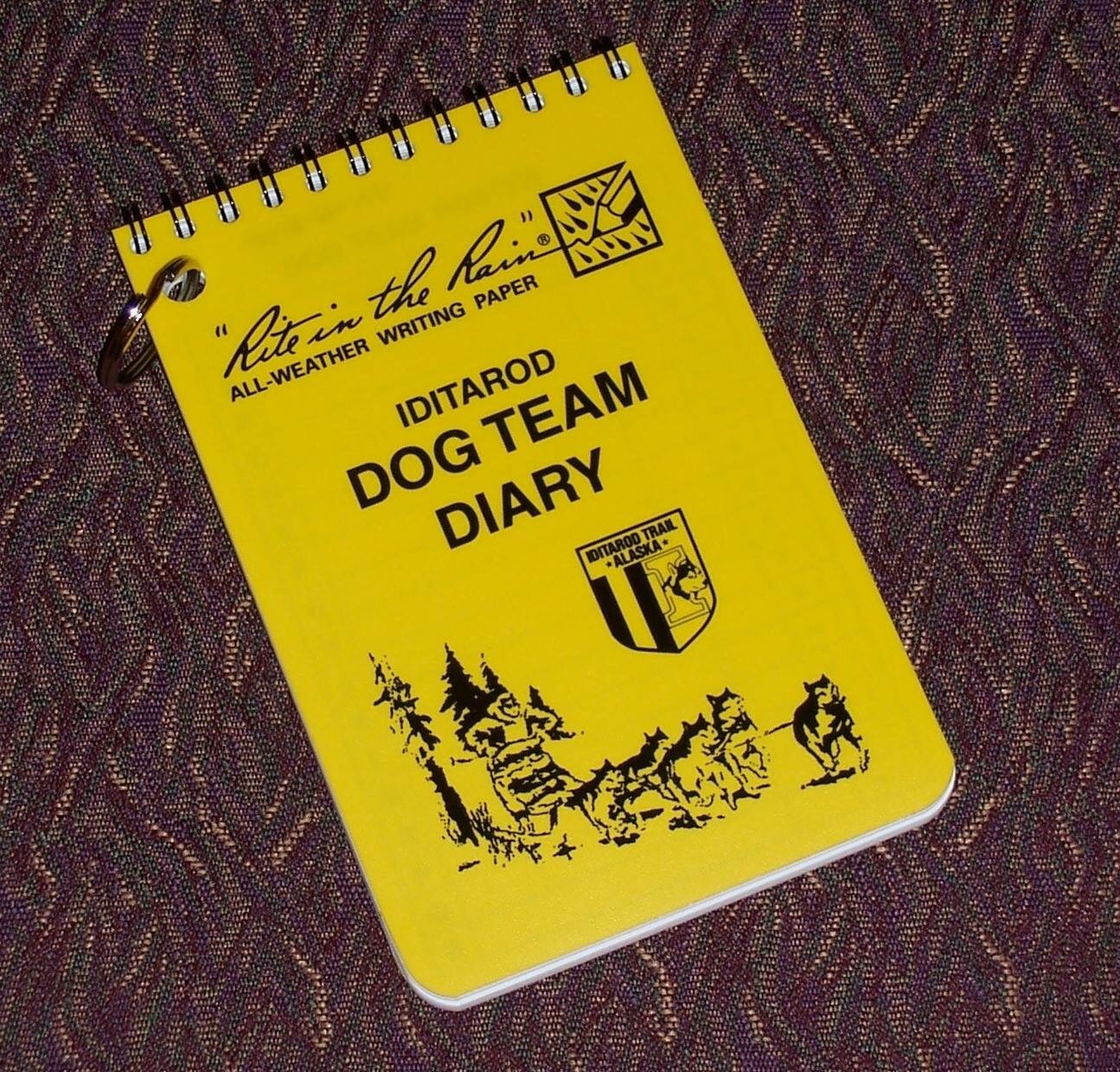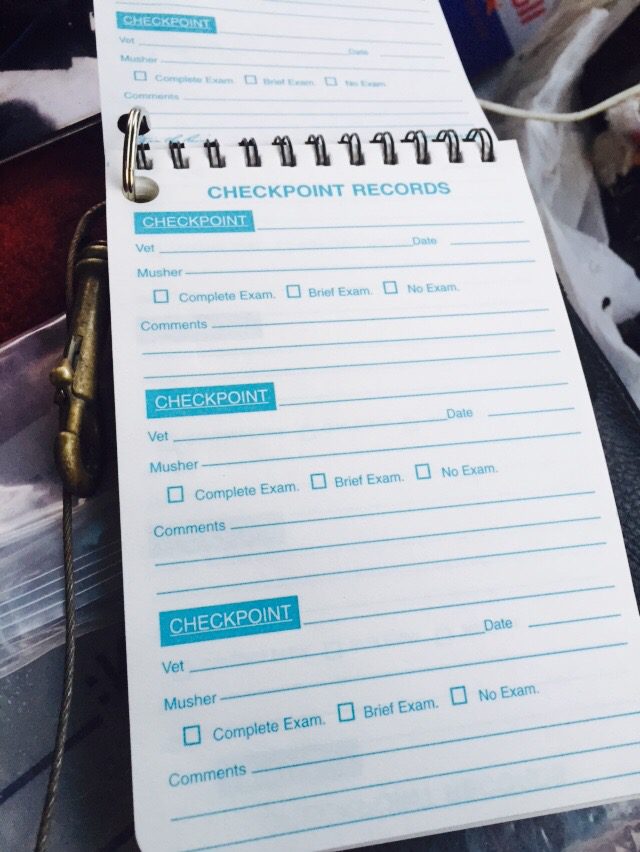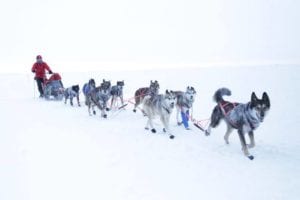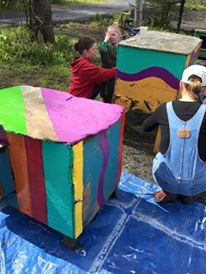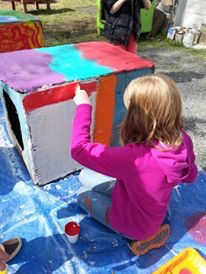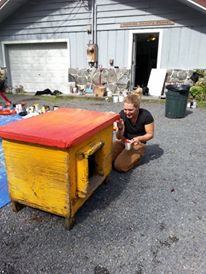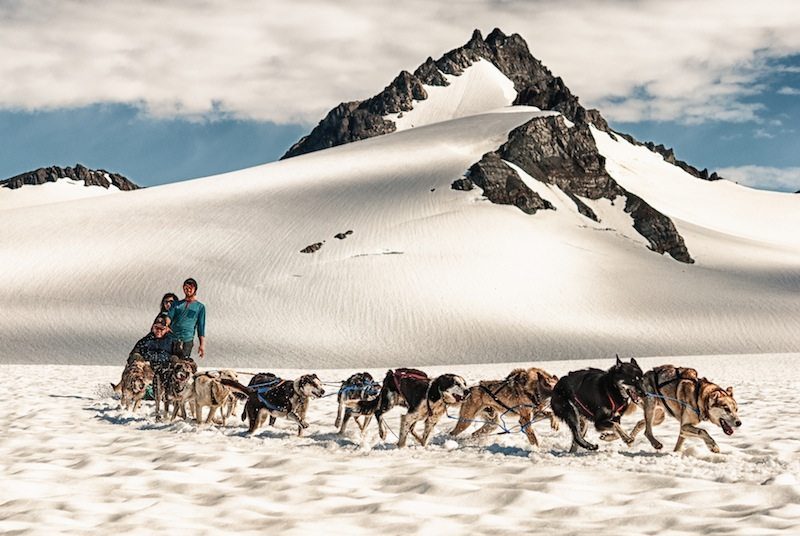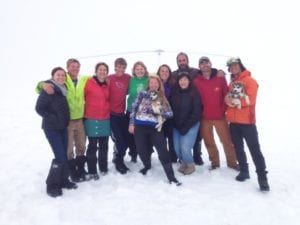We recently took our dogs for their pre-race health checks which includes Bloodwork and an ECG for each canine athlete.

The ECGS are used to help eliminate any dogs who may be predisposed to having cardiac trouble from participating in the Iditarod.

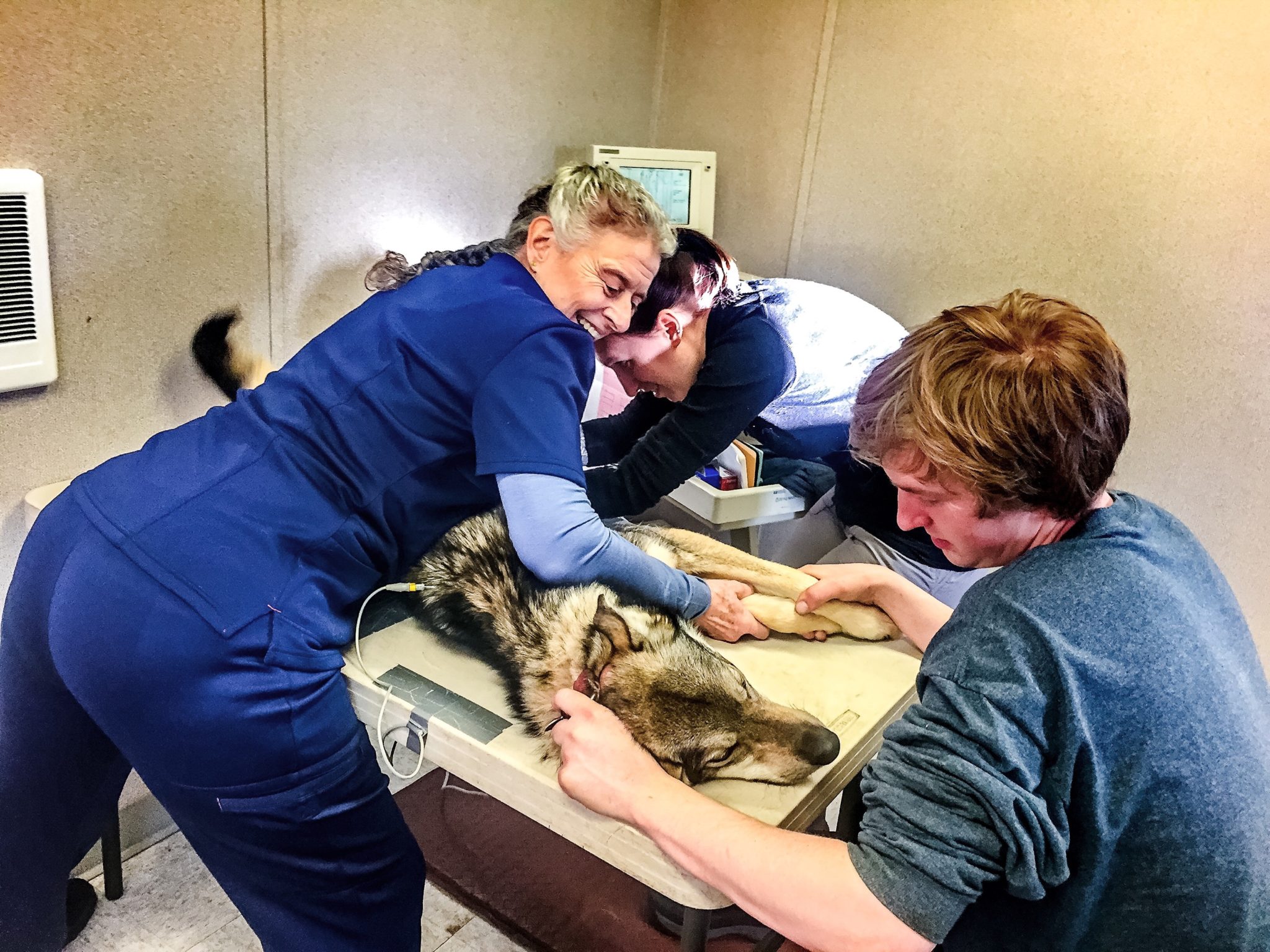
Blood is also taken and a variety of things are measured to help determine which dogs, at a cellular level, are more statistically likely to finish the race. These values can be used to help mushers determine which dogs to take.
Each musher is allowed to have up to 24 dogs vet checked. This allows mushers to continue to work with a larger pool of dogs.
For our kennel, we are able to vet check a combined 48 dogs between Travis and myself. We are actually allowed to swap dogs until we declare our final 20 dogs at the ceremonial race start.
As you can imagine, getting blood work done for 86 dog teams is no easy feat. Talking to the vet techs, who help make this happen we certainly learned how much goes into making sure every canine athlete is physically fit for the race. It takes over 20 days to do all the screenings for all the teams entered into the race.
We are fortunate that there are such dedicated volunteers who helped make this happen to helensure the safety of all dogs to participate in the Iditarod. We are also grateful that this is cupboard and part of our entry fee. What’s yours are actually able to sign paperwork that allows these blood samples and the results to be given to those in the scientific community to help continue on researchingsled dogs so that we can continue improving upon our dog care.
We’ve already learned a lot about the dogs because of the implementation of doing bloodwork. One of the most important things we’ve learned for example because the importance of vitamin E in muscle recovery in our dogs. Because of this, almost every Mosher supplements with a high-quality vitamin E.research a shown that dogs supplemented with vitamin E are far more likely to finish the race then dogs who are not supplemented with it.
Bloodwork can also be used to screen for such things as muscle myopathy, a condition in which the dogs muscles start to deteriorate and can lead to serious problems. Understanding this ahead of the race can allow mushers to take different dogs or take extra precautions.
After the blood work results come in, Stu Nelson the head veterinarian for the Iditarod calls each musher to discuss any significant findings so that mushers can make the best decisions for their team selection and help ensure the safety of all the dogs.
Here is a preview of our Iditarod line-ups:

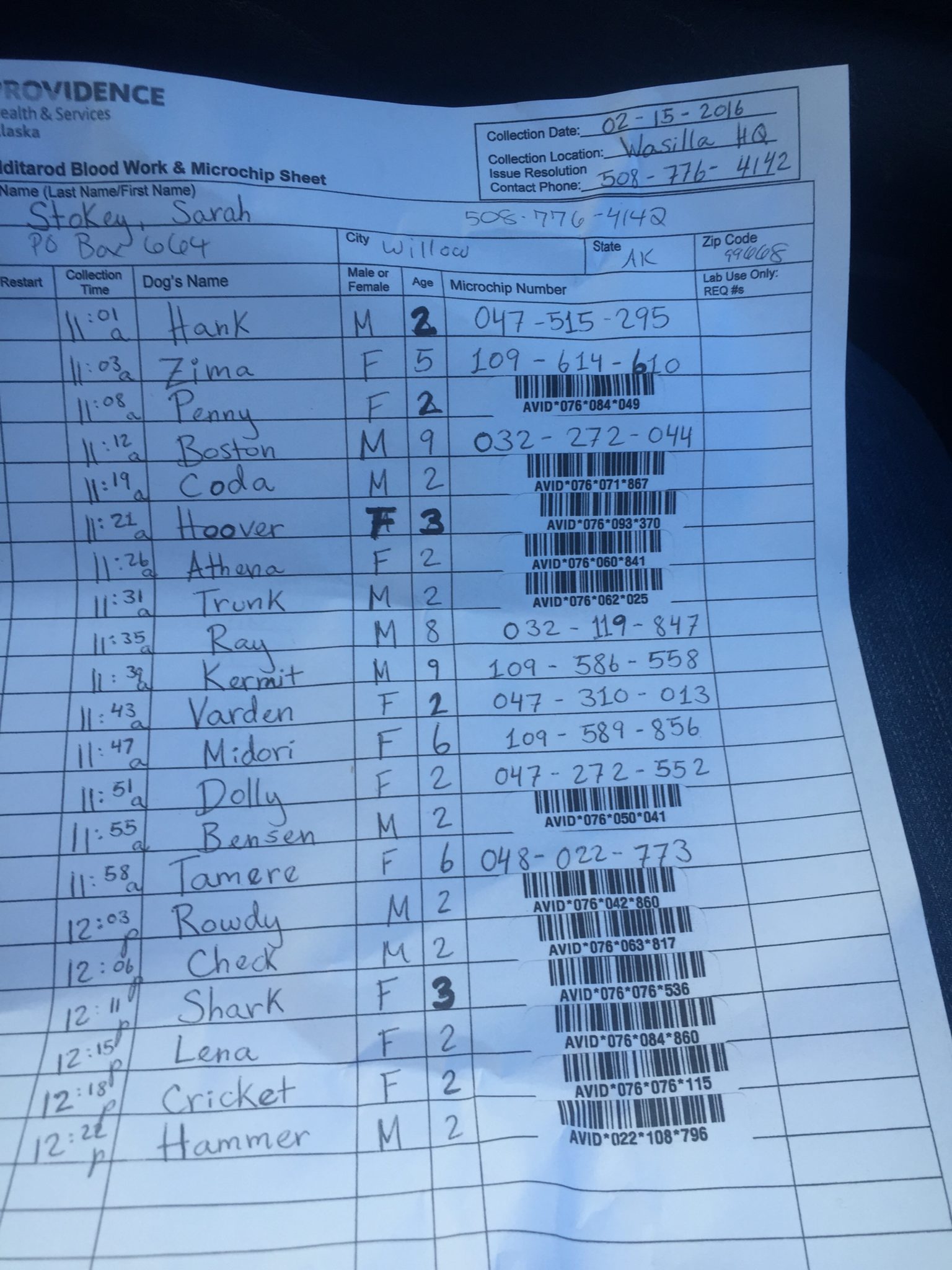
This is just one of the many many ways Iditarod mushers and veterinarians workto ensure quality dog care and dog health from the get-go. Ironically, even though the dogs go through all these pre-race screenings, Their human counterparts are subject to no such testing. As a musher we do not have to have a doctors note, A doctors consent, or even proof that we are healthy enough to race. Everything about this event is focused on the dogs.
